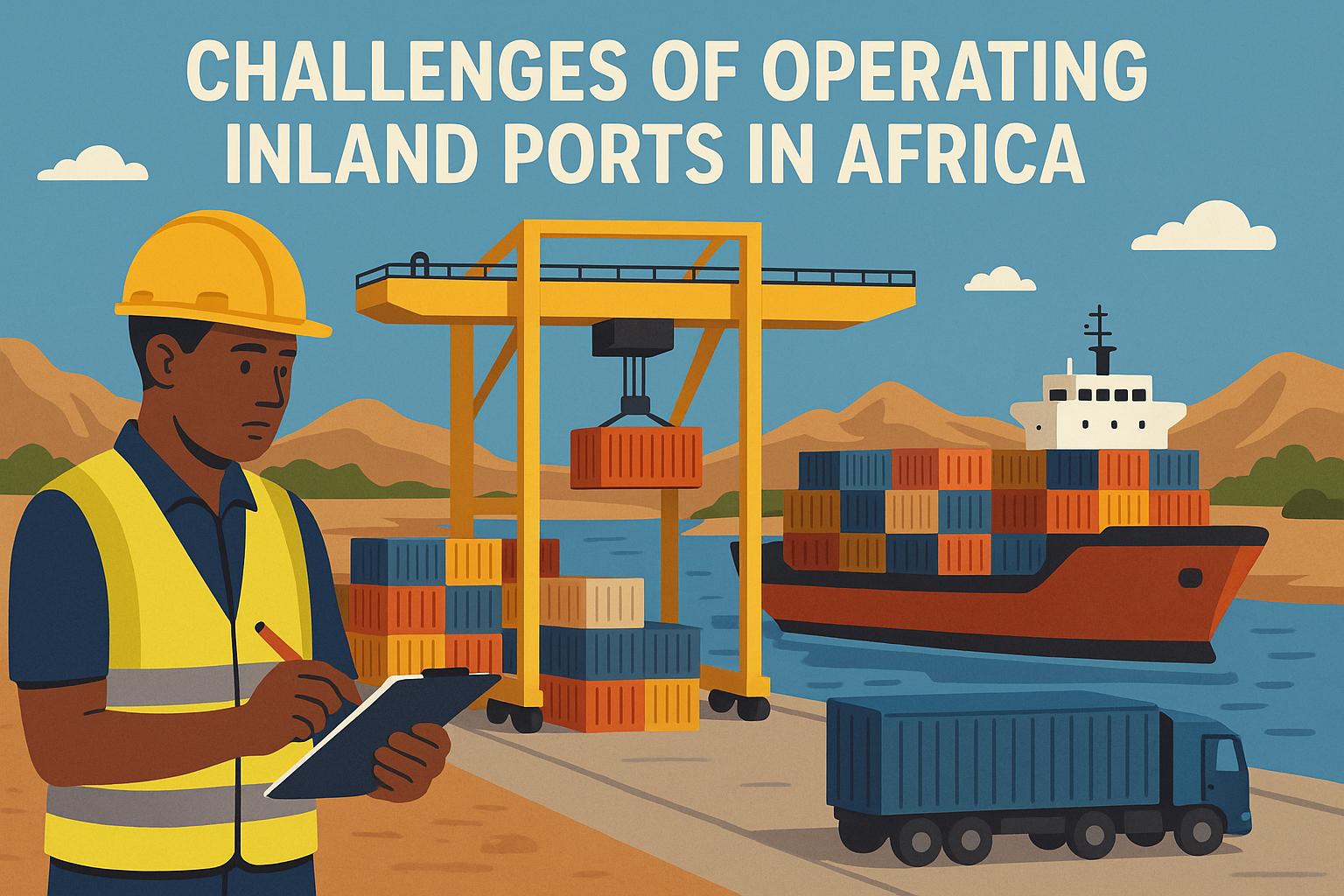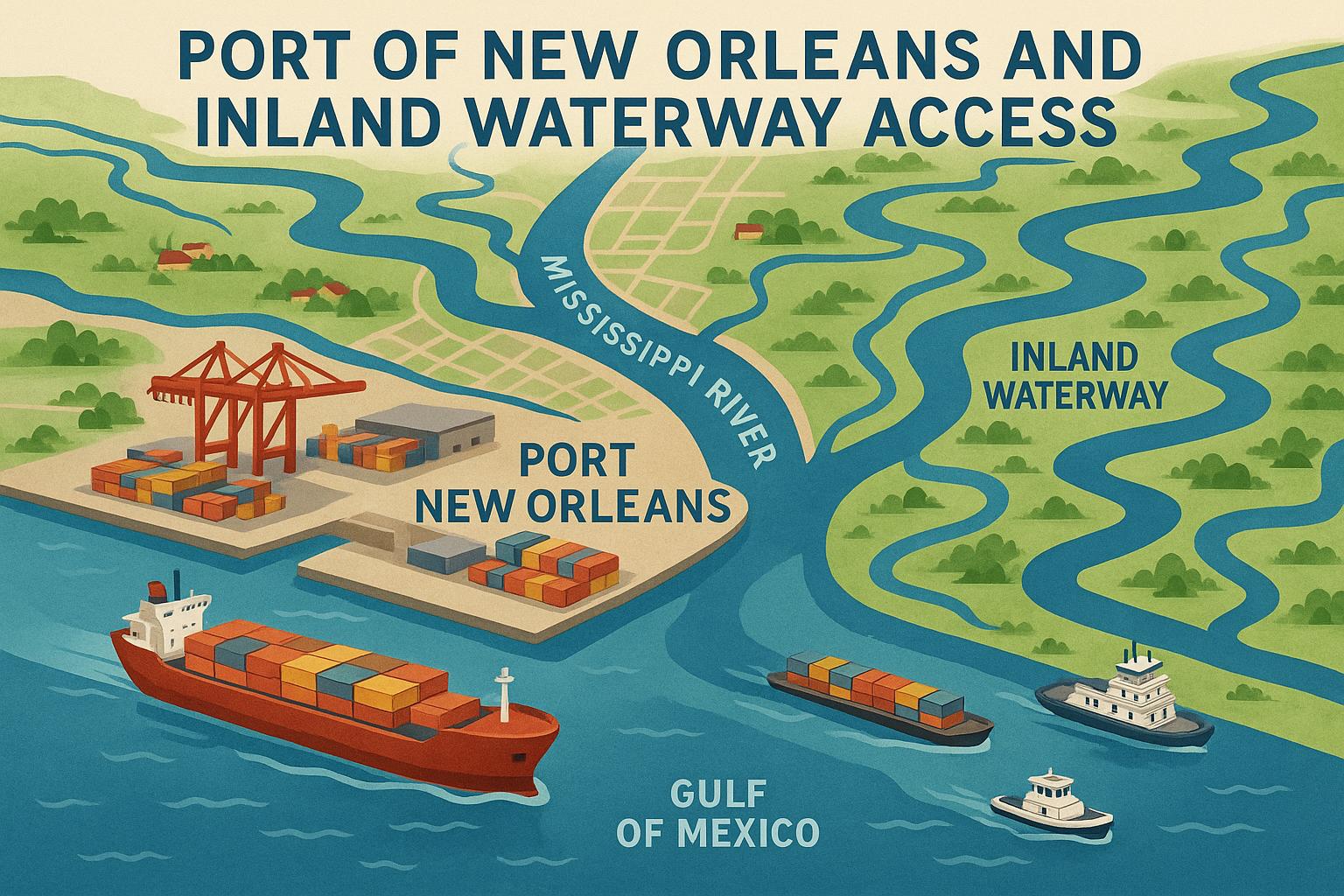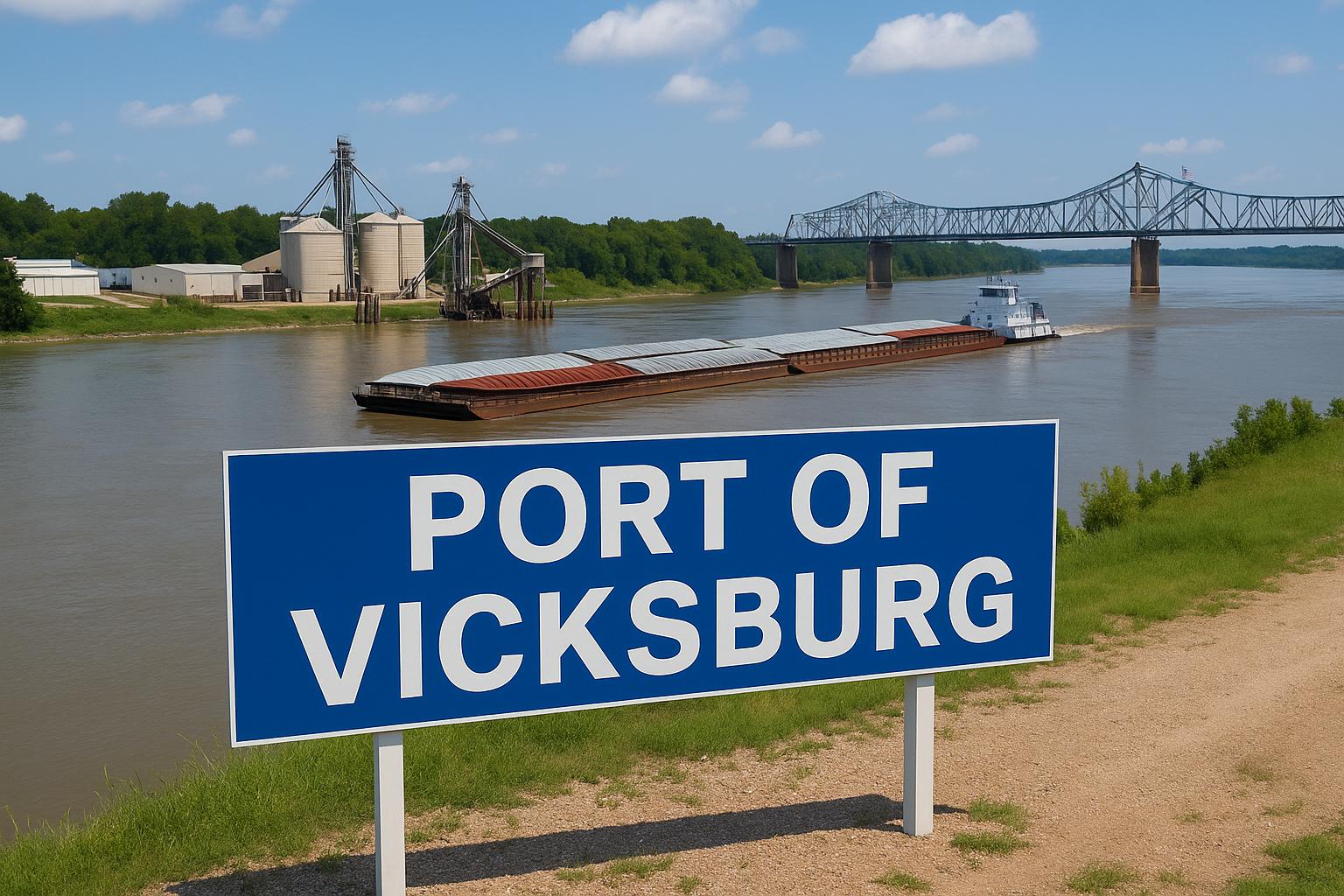The Strategic Importance of the Port of Vienna
The Port of Vienna plays a pivotal role in the facilitation of trade along the Danube River, one of Europe’s most critical waterways. Serving as a major hub for the movement of goods and resources, this port ensures the smooth transit and management of freight across the region. With its advanced infrastructure, the Port of Vienna successfully connects Central and Eastern Europe with global markets.
Infrastructure and Capabilities
The port boasts state-of-the-art infrastructure designed to handle various types of cargo efficiently. These facilities include extensive container terminals and modern equipment that facilitate the efficient loading and unloading of goods. Such infrastructure not only increases the port’s capacity but also ensures the timely movement of goods. Additionally, the port is equipped with specialized terminals for bulk and general cargo. This diversification allows the port to handle a range of products, from agricultural commodities to manufactured goods, optimizing the logistics processes vital for trade on the Danube.
The advanced infrastructure at the Port of Vienna includes facilities such as large warehouses, cold storage options, and container yards, which are designed to handle a diverse range of cargo types. These facilities ensure that the port can manage multiple logistical demands, enhancing its capability to handle high traffic efficiently. The port’s infrastructure is continually upgraded to incorporate the latest technological advancements, making sure operations remain cutting-edge and aligned with global standards.
Integration with Rail and Road Networks
A crucial aspect of the Port of Vienna’s efficiency lies in its seamless integration with both rail and road networks. This intermodal connectivity ensures that goods can be transported swiftly and economically to and from the port. Rail connections are especially significant, as they provide an environmentally friendly alternative to road transport, reducing carbon emissions in line with green logistics goals.
The port has dedicated rail tracks leading directly into its facilities, which allow for the rapid transfer of containers from ship to train. This seamless transition minimizes delay and congestion, ensuring efficient cargo movement. Additionally, truck terminals are strategically located to facilitate speedy loading and unloading operations, further strengthening the port’s logistical capabilities.
Environmental Considerations
The Port of Vienna is at the forefront of implementing sustainable practices within its operations. By prioritizing energy efficiency and reducing waste, the port contributes to ecological conservation efforts along the Danube. Furthermore, it employs measures to prevent pollution and ensure that its activities have minimal adverse environmental impact.
To achieve its environmental objectives, the port invests in renewable energy sources, such as solar panels and wind turbines, helping to power operations while reducing reliance on non-renewable energy. Waste management plans are also implemented to systematically dispose of and recycle waste materials, keeping the surrounding ecosystem intact and healthy.
The implementation of advanced logistical software helps in optimizing routes and reducing idle times for ships, further lowering emissions and enhancing operational efficiency. These technologies allow for real-time tracking and management of ships, providing data-driven insights that improve decision-making and operational planning.
Economic Impact and Future Prospects
The port significantly contributes to the region’s economy by fostering trade, creating jobs, and attracting investment. As trade volumes continue to grow, efforts are being made to expand and modernize facilities to handle increased demand. By focusing on innovation and sustainability, the Port of Vienna is poised to remain a key player in the Danube trade corridor.
Moreover, the economic ripple effect of the port extends beyond immediate employment and trade benefits. Businesses in Austria and neighboring countries profit from enhanced access to international markets, which encourages economic diversification and stimulates growth.
Looking to the future, the port endeavors to embrace technological advancements such as automation and digitalization to further enhance its operational effectiveness. The planned expansions aim to increase throughput capacity and include dedicated zones for emerging industries like e-commerce, promising opportunities for new business development.
In conclusion, the Port of Vienna manages Danube trade by leveraging its strategic location, advanced infrastructure, and a commitment to sustainability. It serves as a critical node in both the European logistics network and global trade routes, ensuring economic growth and efficient supply chain management. Its role as an economic catalyst is not only confined to Austria but extends throughout Central and Eastern Europe, underscoring its integral position in the continental trading landscape.
The ongoing modernization project at the port is set to incorporate smart technologies, including artificial intelligence for predictive maintenance and blockchain for transparent and secure transactions. By embracing cutting-edge technologies, the Port of Vienna is paving the way for smarter and more efficient future trading practices.
Overall, the strategic importance of the Port of Vienna can hardly be overstated. Its continuous development and commitment to meeting future trade needs highlight its essential role in the global supply chain, ensuring that it remains a vital conduit for the movement of goods in Europe and beyond.




